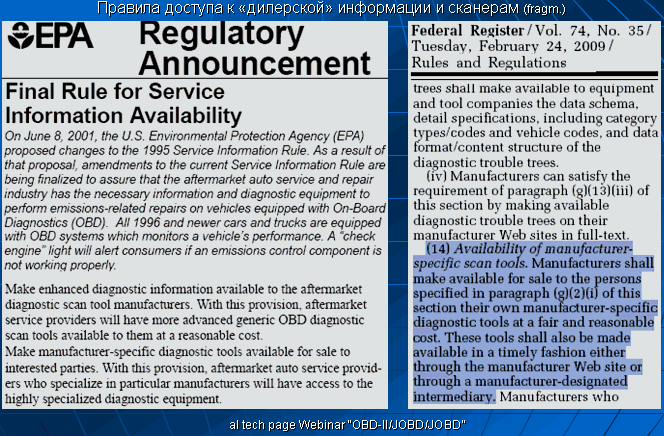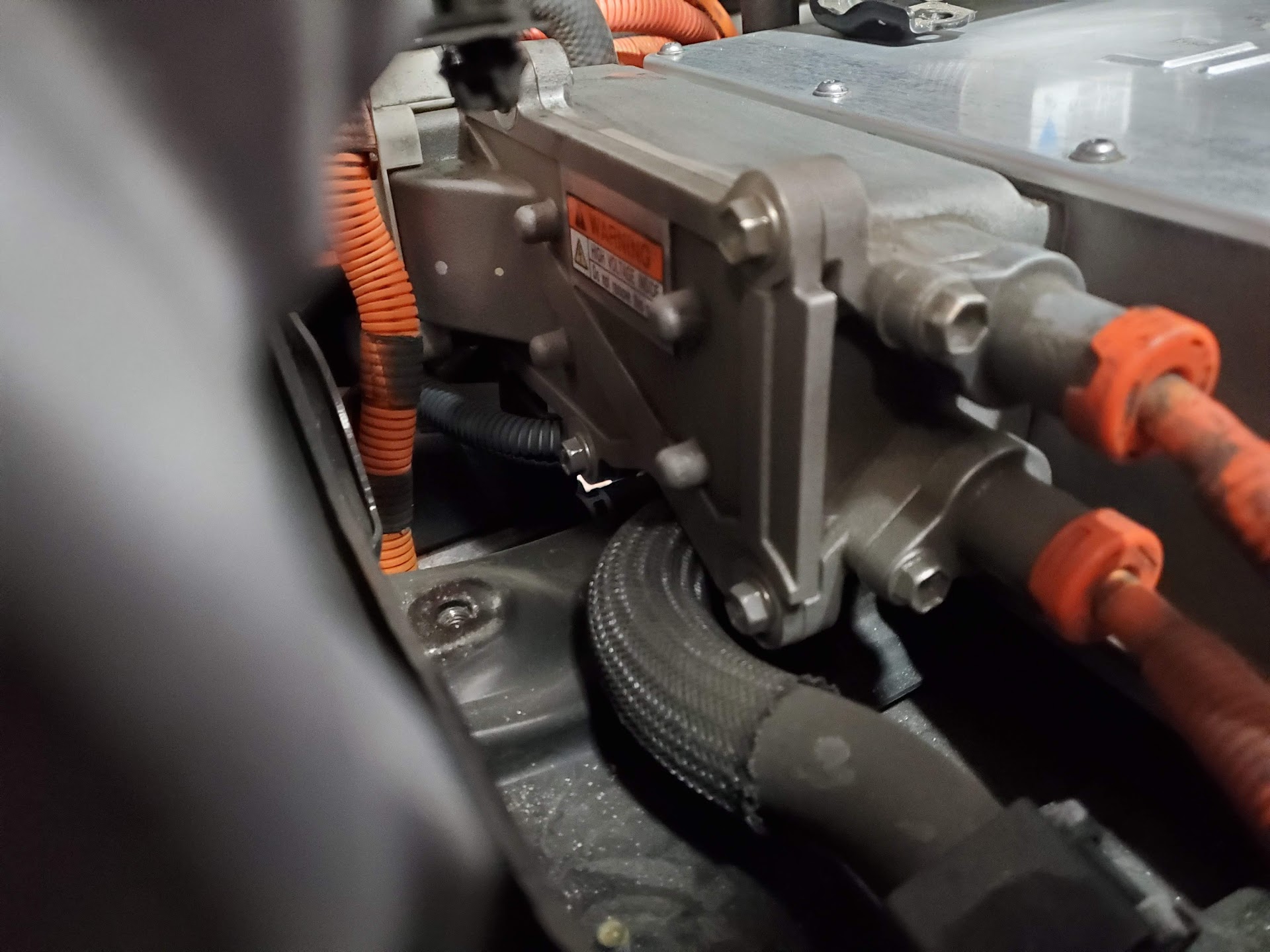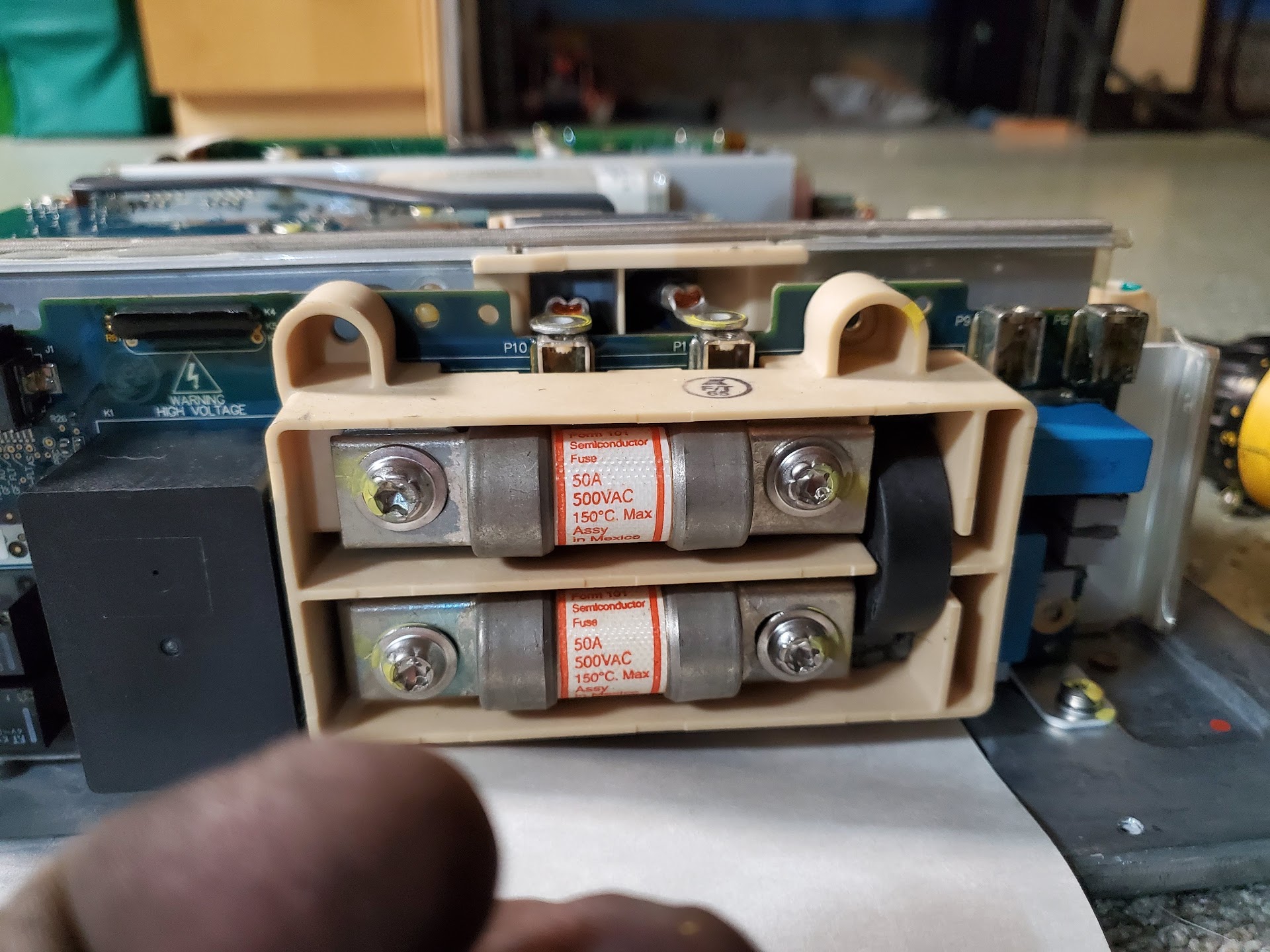... After a lot of trial and error, my friend and I finally discovered a solution to the charging issue that so far is 100% reliable. I will describe it below in case anyone else suffers from the 19-flash charging issue and need to charge their car in a pinch without having to take the car to a repair shop. Note that although this is a solution to the problem, it is NOT a fix of the root cause since we still don't know the root cause without access to the Tesla error codes. Since I only need to charge my car about once every other week, this solution is acceptable for me, as it takes me less than 30 seconds total to pop the hood and turn the knob to enable charging every time the issue surfaces again.
Here is how to get the car to charge again if you experience the charging issue discussed in this thread:
1. Install a 12V battery disconnect on the negative post. I picked this up for $7 today and it took about 15 minutes to install:
...
2. Turn the green knob counter-clockwise to disconnect the 12V battery, wait 10 seconds or so, and turn it the other way to connect the battery again.
After this, you will be able to charge your car again. I don't know why this works, but it works. YMMV -- even though it has worked for me, it may not work in your case, so verify that the battery disconnect/reconnect trick works before investing in the battery disconnect component in step 1 (though IMHO this is still a nice thing to install to quickly do the "Tony test" to reset the range meter). Here are some observations:
- If you follow the two steps above, but instead of charging immediately, you turn on the engine and shift the gear to Drive, the charging issue rears its ugly head again. It seems shifting into "D" causes the software to enter a state that introduces this charging issue. Inversely, disconnecting the 12V battery resets the computer to a state where you are able to charge again.
- In my case, the "Check EV System - Have Your Vehicle Checked by a Dealership Immediately" error stays in memory even after turning off the engine, disconnecting the 12V battery, and reconnecting the battery. However, so far this error has been going away after driving a few minutes.
- We didn't have the necessary adapter, so I wasn't able to plug into my friend's 14-50 outlet. We tried the only thing we could, which was to plug the stock Toyota 120V EVSE into his house. This resulted in the same charging issue (19 flashes). This suggests that the issue is in software/firmware and not faulty wiring in my home. I don't think the issue is with the cables either because what are the chances that both the 120V Toyota cable and the 240V Duosida cable malfunctions at the same time, and the Toyota EVSE has been in storage ever since I bought the Duosida a year ago. After the 120V failed to charge is when my friend had the idea to disconnect the 12V; when we reconnected the 12V we were able to charge using the 120V outlet, so we know that EVSE is fine. When we got back to my house and tried disconnecting/reconnecting the 12V battery, we were able to charge again using the 240V Duosida EVSE, so I don't think there's anything wrong with that either.
In any case, even though I still don't know the exact cause of this charging "bug", I'm satisfied with the current solution.






















































